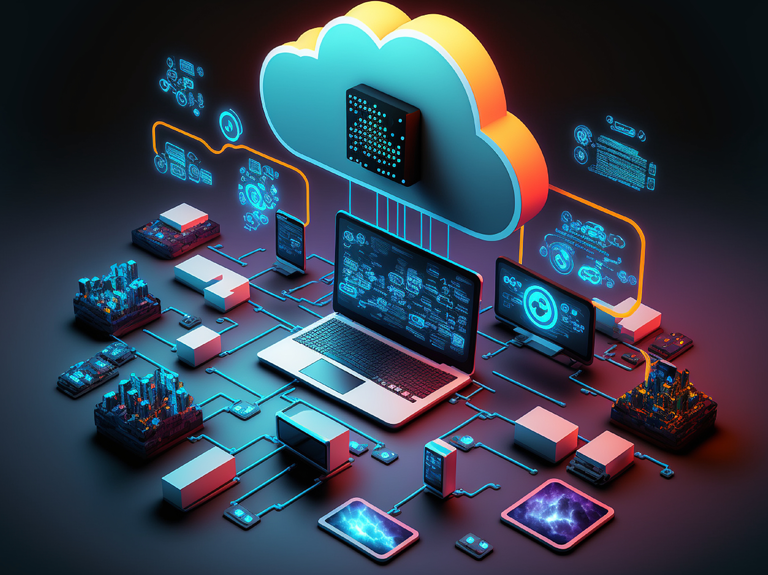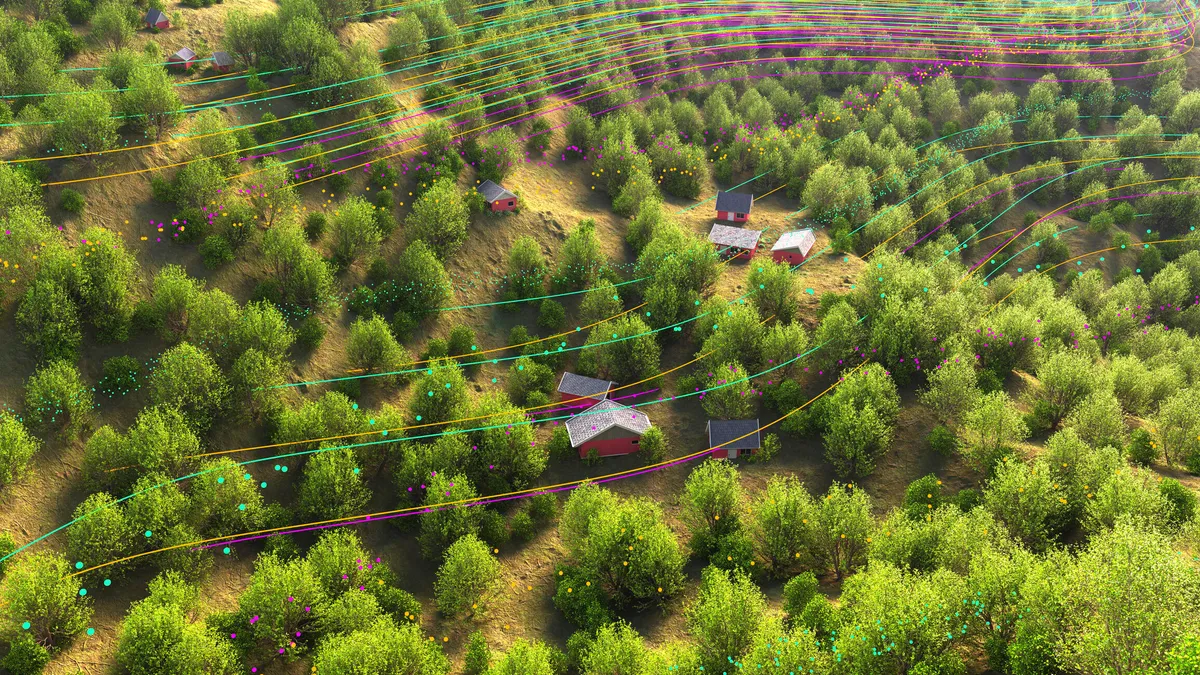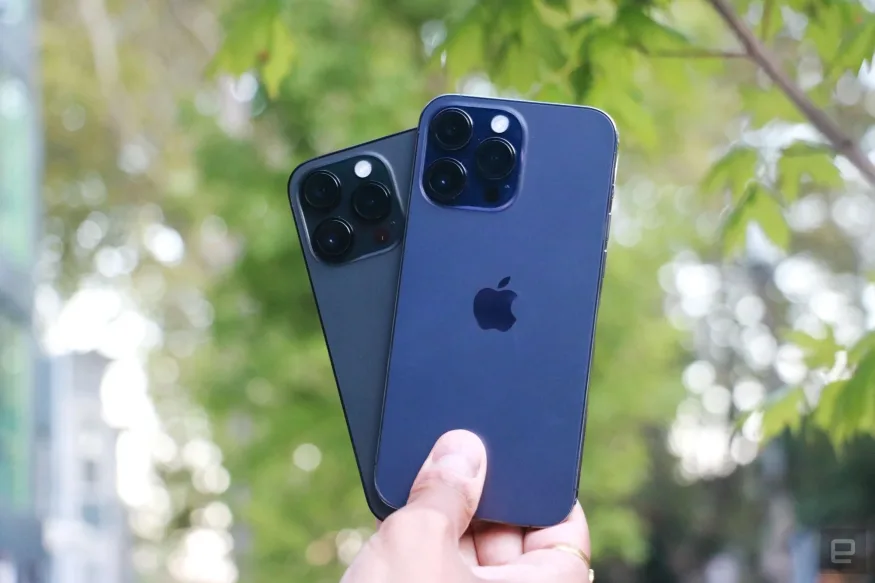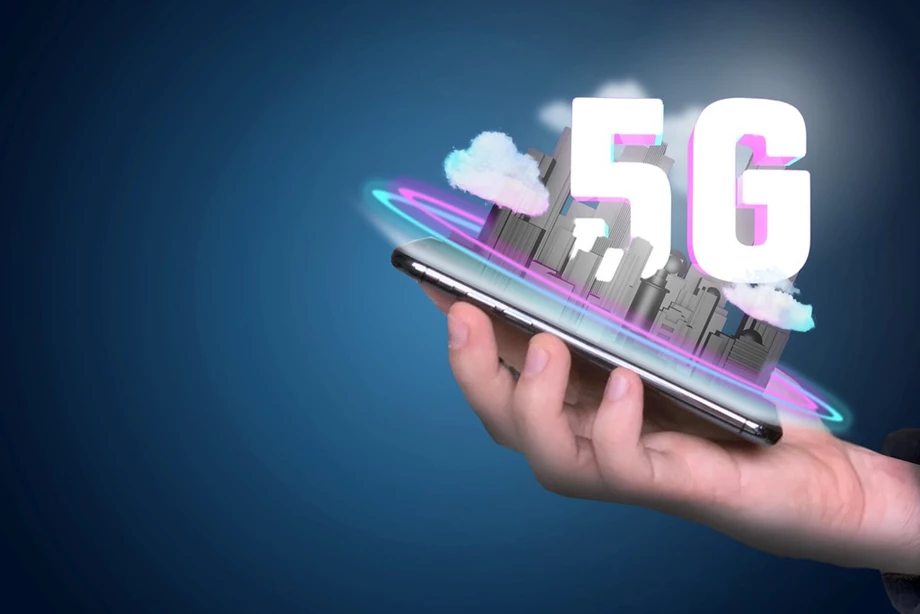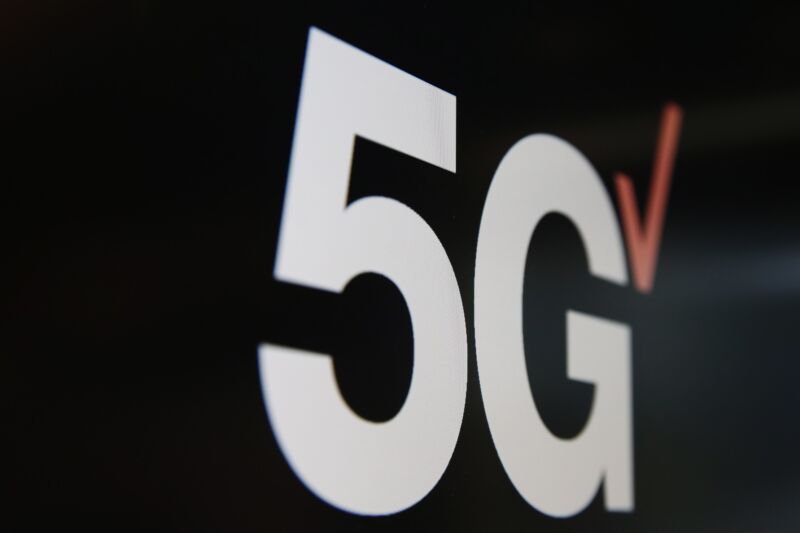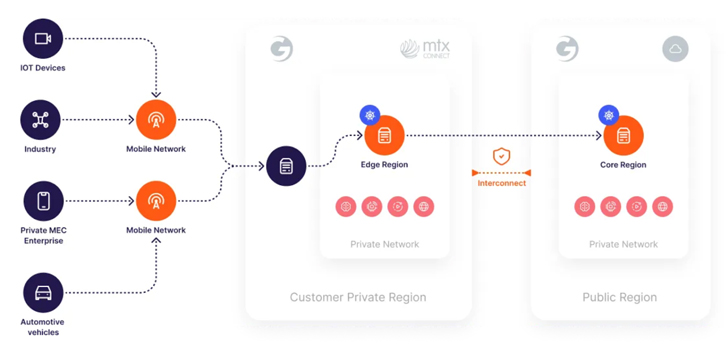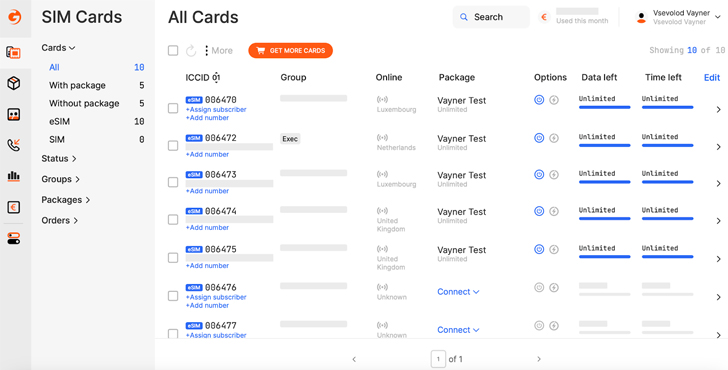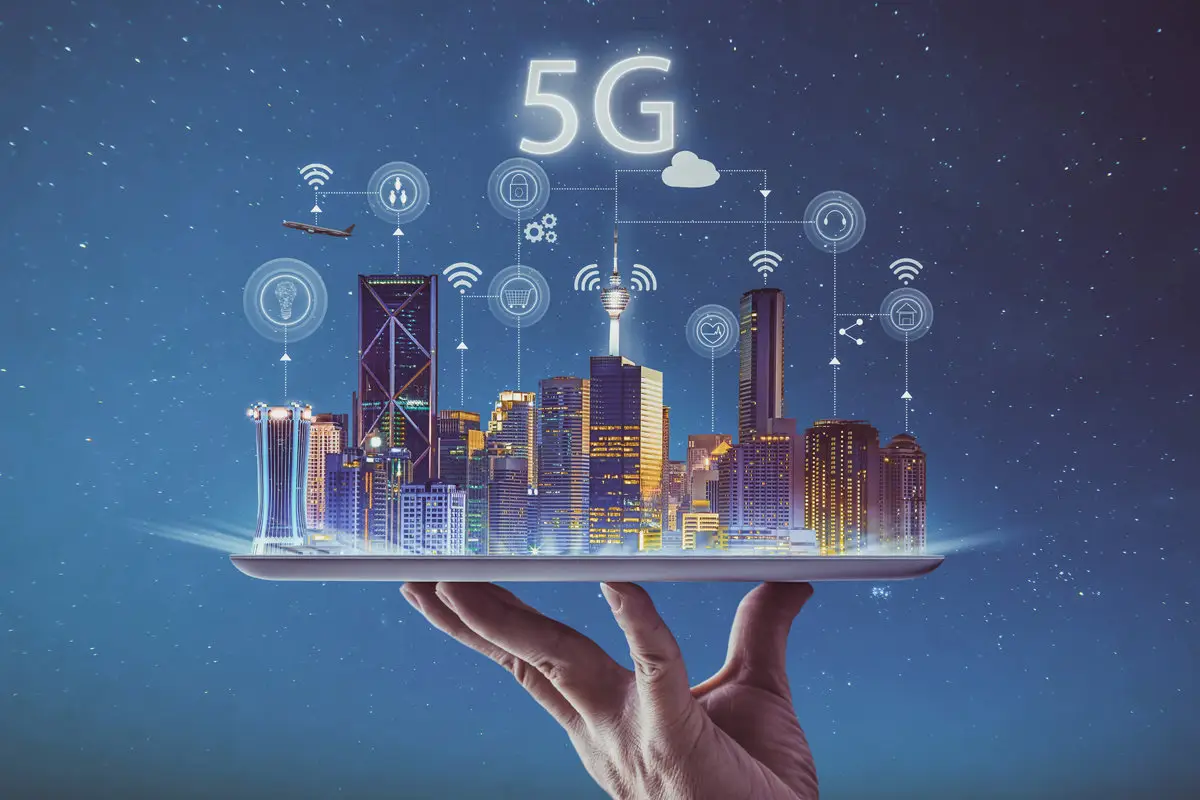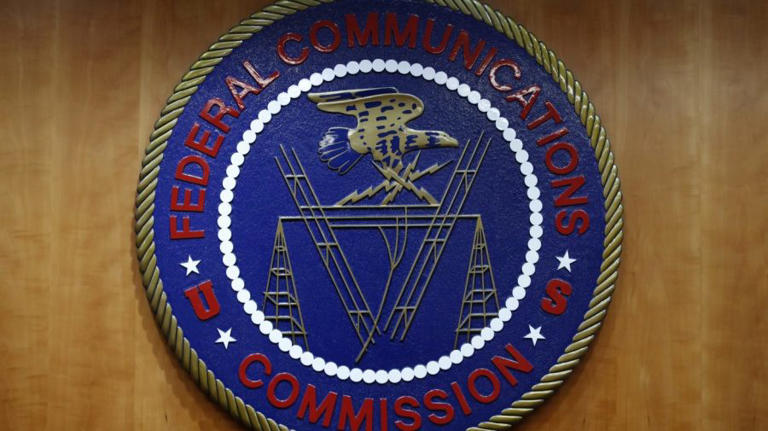
In the soap opera that has become contemporary politics, every idea seems to generate vast amounts of polarized hysteria. Take, for instance, the seemingly innocuous announcement by Britain’s opposition Labour party in the run-up to the forthcoming general election of a plan to provide every home and business with a fiber broadband connection. That idea was simultaneously decried as a crackpot communist scheme and heralded as a visionary idea to revolutionize the country.
It was, of course, neither. But what it did—intentionally or not, and whatever your personal politics—was highlight the indispensable role that fiber broadband plays in the future of every developed and developing nation.
The future of communications is wireless, but the future of wireless is fixed.
The politics of 5G
It’s true that the future of communications is wireless, but the future of wireless is fixed. 5G mobile technology is going to be the star, there’s no doubt about that. But without fiber supporting it, 5G’s star will not shine nearly as bright nor as far as it should.
The technical arguments for why 5G needs fiber have been well documented and, fundamentally, come down to the simple math of needing high-capacity backhaul for the massive amounts of low-latency, high-bandwidth traffic that 5G will create. What’s less well documented are the economic and political arguments for supporting 5G with fiber.
Firstly, there is a simple fact that better communications increase GDP. From the invention of the telegraph to successive generations of mobile technology, each period of augmented connectivity is accompanied by an economic boost. Consequently, there is a clear correlation between a nation’s wealth, its mobile performance and fiber penetration. In other words, the regions benefiting the most from wireless communication have the best fixed access networks.
In providing that connectivity, it is the converged operators—those operating both fixed and wireless access networks—that demonstrate the best returns. Convergence tends to bring operational efficiencies, cost efficiencies and more customer value in the shape of bundled wired/wireless offers. In recent years, these returns have been driving M&A activity between mobile-only and fixed-only operators.

High fiber availability = faster 5G deployments = faster time to market
These macro-level observations on the mutually beneficial relationship between fiber and 5G are backed up by some micro-level explanations.
Firstly, avoiding 5G is not an option, at least not for long. ARPUs from current mobile services are falling around 2 percent per annum. 5G is expected to provide a 3 percent per annum uplift through innovative business applications and premium consumer services. But to realize these new 5G revenues, operators must invest not only in 5G but in mobile backhaul as well.
There are only two backhaul technologies that can cope with the high-throughput and low-latency demands of 5G: microwave and fiber. Microwave is the lower-CAPEX option but can only cope with 5G performance levels for a single hop in the range of about a kilometer. What’s more, 5G networks will require significantly more radio cells than 3G or 4G due to the increased capacity and reduced range of 5G. As a result, the density of backhaul capacity for 5G is many times higher than 4G. Whether operators choose an all-fiber or a hybrid microwave–fiber backhaul strategy, there will always be a need for a significant investment in fiber.
Richer nations with well-developed fiber networks can look forward to a 25 percent return on capital within 11 years.
So how do operators turn a buck? Some detailed analysis from Nokia Bell Labs paints a difficult picture. While every 5G deployment will make a loss during its first few years, the richer nations with well-developed fiber networks can look forward to a 25 percent return on capital within 11 years.
However, operators that need to deploy a significant amount of fiber could see a 60 percent drop in their return on capital in the first five years. That’s an untenable prospect, so it’s no wonder that the early 5G announcements are primarily coming from operators in countries that already have high fiber availability. Everyone else needs to come up with some innovative fiber investment strategies if 5G is going to take off.
Sharing is caring
The obvious solution is for the fiber investment to be shared somehow. The idea behind any common infrastructure investments—be they road, rail, electricity or communications—is that it makes economic sense for the cost of the network deployment (which has a long payback period) to be communized and for profits made from delivering innovative services by competing service providers to be privatized.
In our future 5G world, a common fiber network would ensure that operators and enterprises have open and economical access to fiber for 5G backhaul needs and so they can focus on the rapid development of service innovations for industrial customers.
Consider Stockholm in Sweden, where a public body responsible for a city-wide fiber network currently reaches 90 percent of homes and 100 percent of businesses. It is no surprise that Stockholm was one of the first cities in the world to be 5G-ready. A recent FTTH (fiber-to-the-home) Council Europe study claims that where there is FTTH, the incremental cost to make the network 5G-ready are marginal: you virtually get 5G fiber connectivity for free.
Similar fiber/5G symbiosis can be found in Singapore, South Korea, Hong Kong, New Zealand and Qatar. Different countries have, of course, different means and different starting points. Nevertheless, there are some common principles emerging:
- A community- or country-wide commitment to and prioritization of digital connectivity in order to drive economic prosperity and living standards.
- A joined-up approach to the infrastructure where transport, utility and communication networks are deployed in cooperation with and consideration of each other. This is perhaps where developing economies can play catch-up, building out their fiber networks as they develop other core infrastructure.
- Governmental organizations and private enterprises cooperating to ensure fair opportunity for incumbent operators, alternative operators, and investors.
The economics of fiber infrastructure suggest that 5G’s potential won’t be realized by relying on market forces alone. A concerted socio-political effort will be needed as well.
Click here to read the full article from Nokia.
